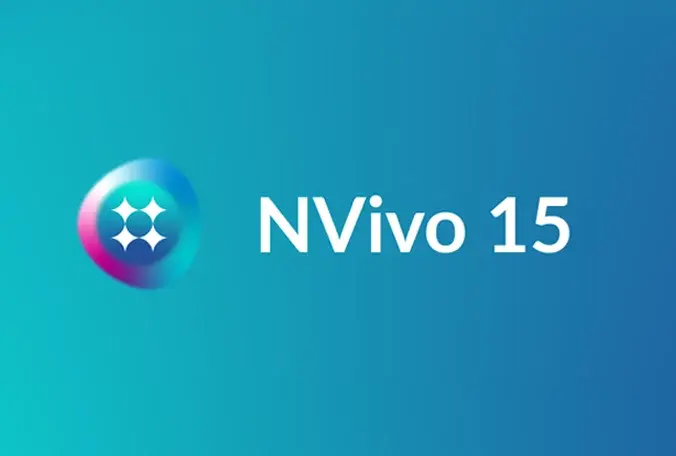How to Prepare Your Interview Recordings for Transcription: A Guide for Academic Researchers
- QT Press
- May 13
- 3 min read
Updated: Sep 29
If you're conducting interviews for academic research, you already know how much depends on the quality of your data. But here’s something often overlooked: how well your interviews are recorded can directly affect the accuracy and usability of your transcripts.
At Qualtranscribe, we’ve worked with researchers from universities around the world. Here’s our simple, research-friendly guide on how to prepare your interview recordings for transcription so your analysis is smoother, faster, and more reliable.

1. Choose a Quiet and Controlled Environment
Background noise can seriously affect transcript quality.
Opt for private indoor spaces away from traffic, chatter, or construction.
For in-person interviews, avoid cafes, parks, or echo-prone rooms unless absolutely necessary.
For virtual interviews, ask participants to join from a quiet location and use headphones to reduce ambient sound.
Tip for fieldwork: If you're in a noisy or unpredictable setting, use directional microphones and sit close to your participant to minimize interference.
2. Use Reliable Recording Equipment
Many researchers default to their phone or laptop mic, but that can lead to muffled or incomplete recordings.
Your phone or laptop mic might be convenient, but it often sacrifices clarity. Instead:
Use a dedicated voice recorder or external microphone for in-person interviews.
For online sessions, record using the platform’s built-in recorder (Zoom, Teams, etc.) and test audio beforehand.
Double-check that both sides of the conversation are captured clearly, especially the participant’s voice.
Pro tip: If you're recording through Zoom, enable “record separate audio tracks for each participant” in settings, it can make speaker identification much easier.
3. Encourage Clear, One-at-a-Time Speaking
Remind participants gently to speak clearly and avoid interrupting each other, especially for group interviews or focus groups. Overlapping dialogue is one of the main reasons transcripts get delayed or misinterpreted.
Gently remind participants to speak one at a time, especially in focus groups or group interviews.
Pause between questions and follow-ups to give space for responses.
Avoid interrupting or talking over participants, even in casual exchanges.
This not only improves transcript clarity but also shows respect for your interviewee’s voice.
4. Record in a Common File Format
Stick to formats like MP3, WAV, or M4A for audio, and MP4 or MOV for video. These are easy to process and compatible with most transcription tools. If you're unsure what your device saves as, check your settings or test with a short file first.
5. Label Your Files Thoughtfully
Use simple, descriptive file names like Interview_Participant01_June2025.mp3. Avoid generic titles like “audio_final” or “ZoomRecording1.” It helps you keep track and makes communication with your transcription provider much easier, especially when submitting multiple interviews for a larger study.
6. Provide Speaker Details (When Applicable)
If you’re submitting multi-speaker recordings such as group interviews, include a list of participant roles or names. For example: “Moderator = James, Participant A = Student, Participant B = Teacher.” This helps us accurately label each speaker in your transcript, which is especially helpful when quoting for publications.
Include a list of names, roles, or identifiers (e.g., Moderator, Participant A, Participant B)
Note any accents, speech patterns, or language switches that might affect transcription
For anonymized studies, use consistent pseudonyms or codes across files
This extra context helps ensure speaker labels are accurate and your transcripts are easier to analyze.
7. Specify Your Formatting Needs
Let us know your preferences upfront.
Do you need clean verbatim transcription?
Would you like timestamps?
Is this for publication or data coding?
Academic projects often have specific formatting requirements for IRB compliance, NVivo import, or thematic analysis. The more we know, the better we can support you.
Bonus Tips for Academic Researchers
Backup your recordings immediately: use cloud storage or encrypted drives.
Note timestamps for key moments during the interview to speed up analysis later.
Include a short intro at the start of each recording (e.g., “This is Interview 3 with Participant B, recorded on June 12, 2025”).
Final Thoughts
Preparing your interviews properly sets the foundation for clean, accurate transcripts. That means less editing, fewer delays, and more time for what matters: your research and analysis.
We specialize in academic transcription for qualitative research, dissertations, grant-funded studies, and IRB-approved projects. Whether you're working with English or multilingual data, we’re here to help.


